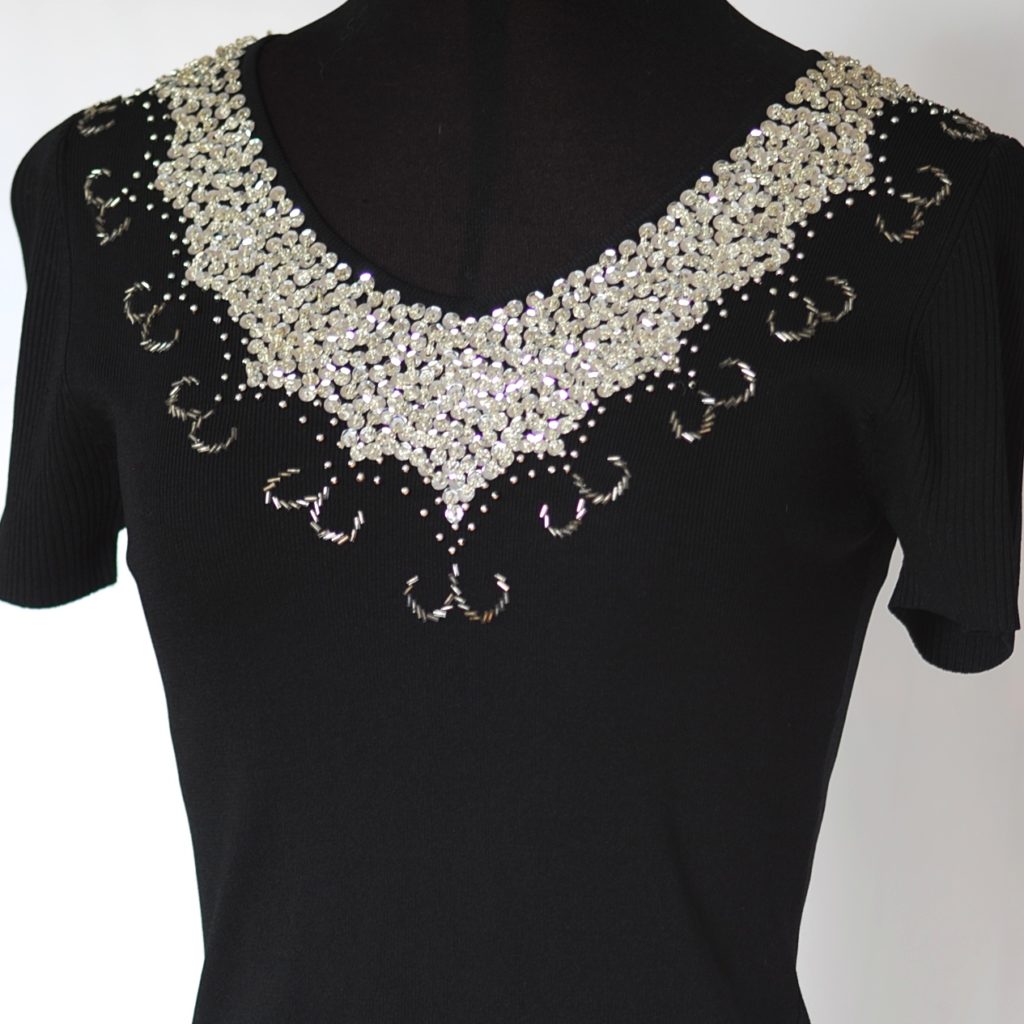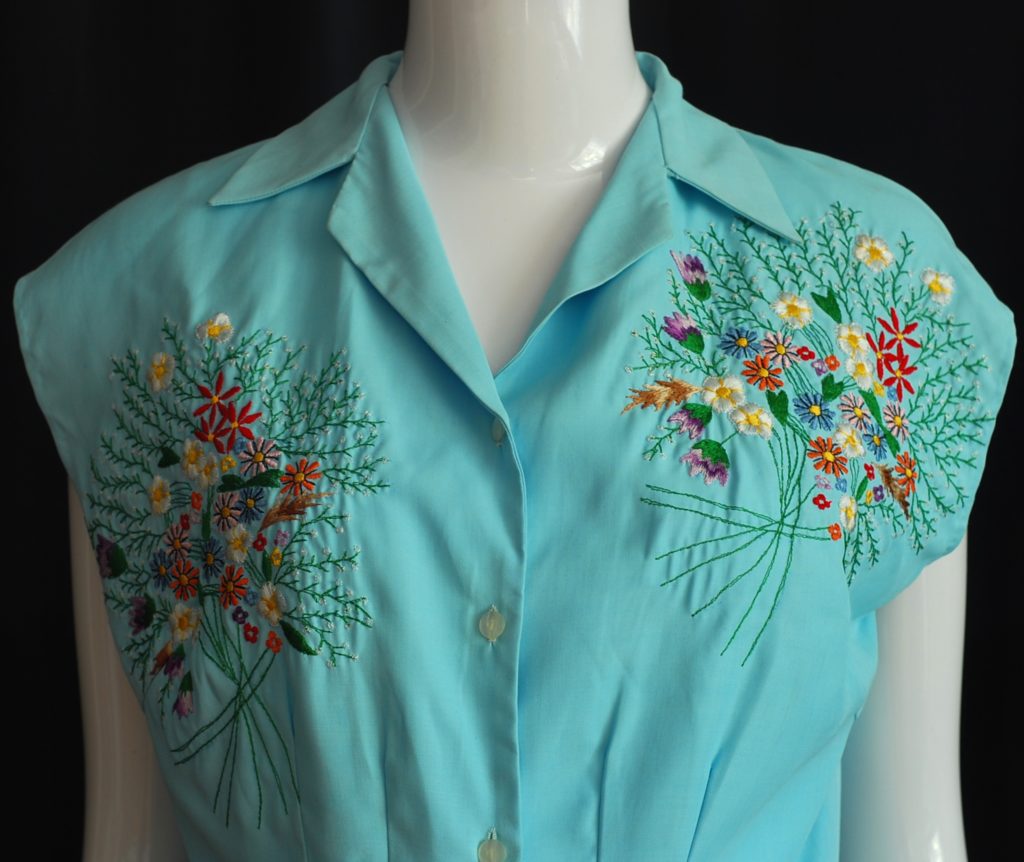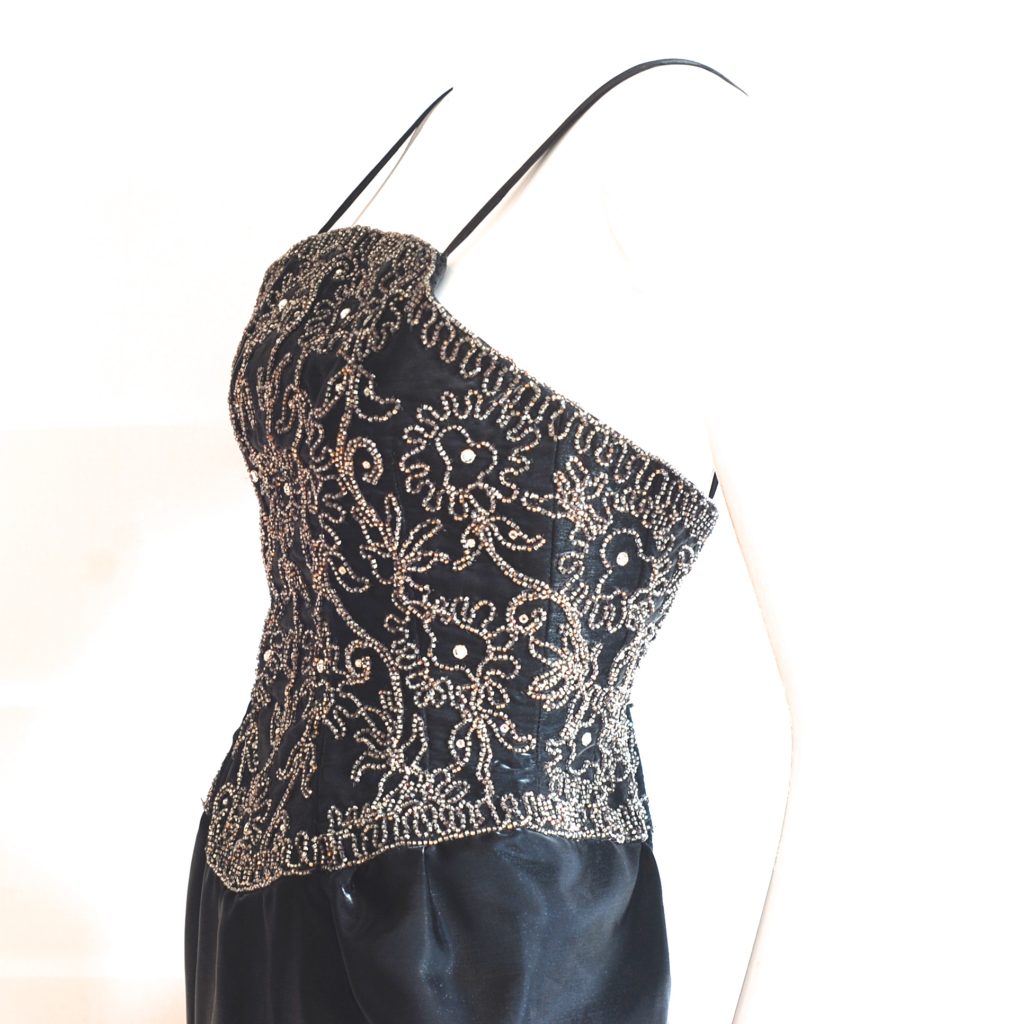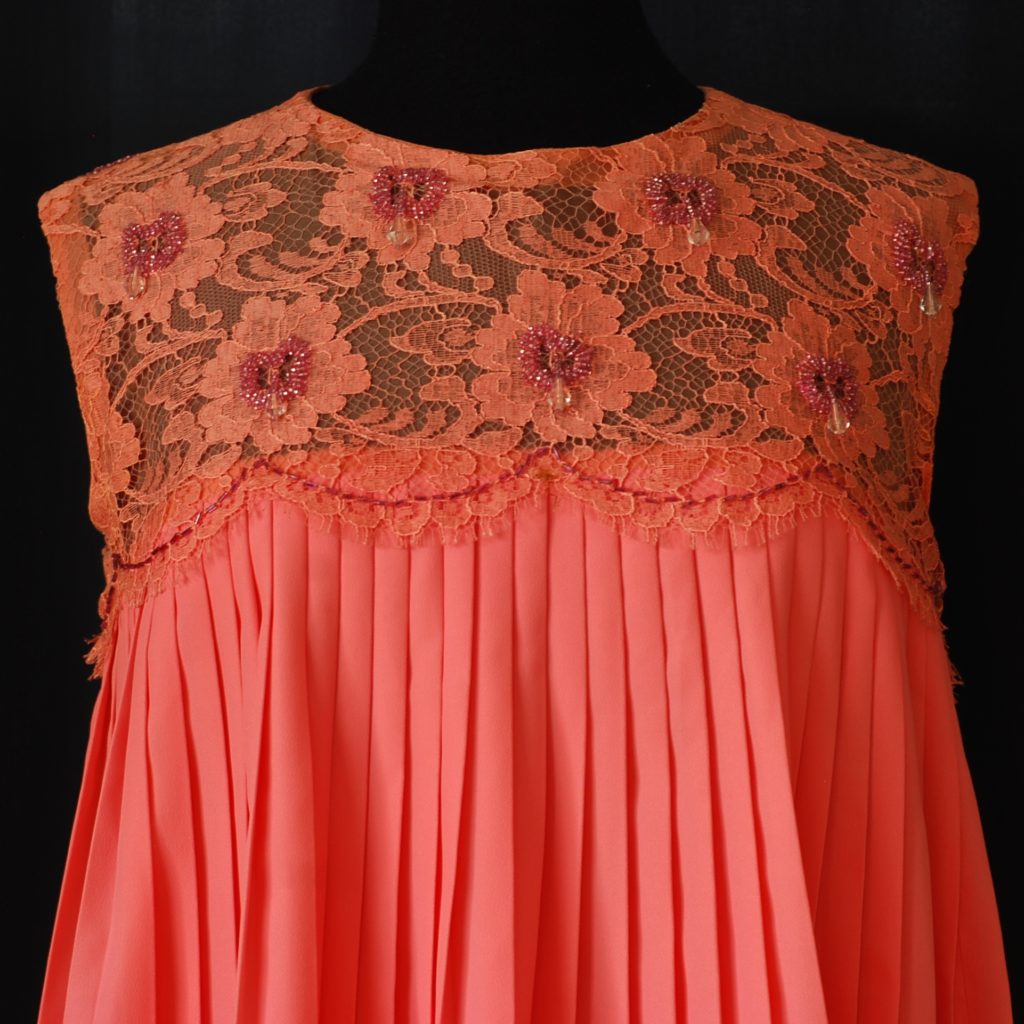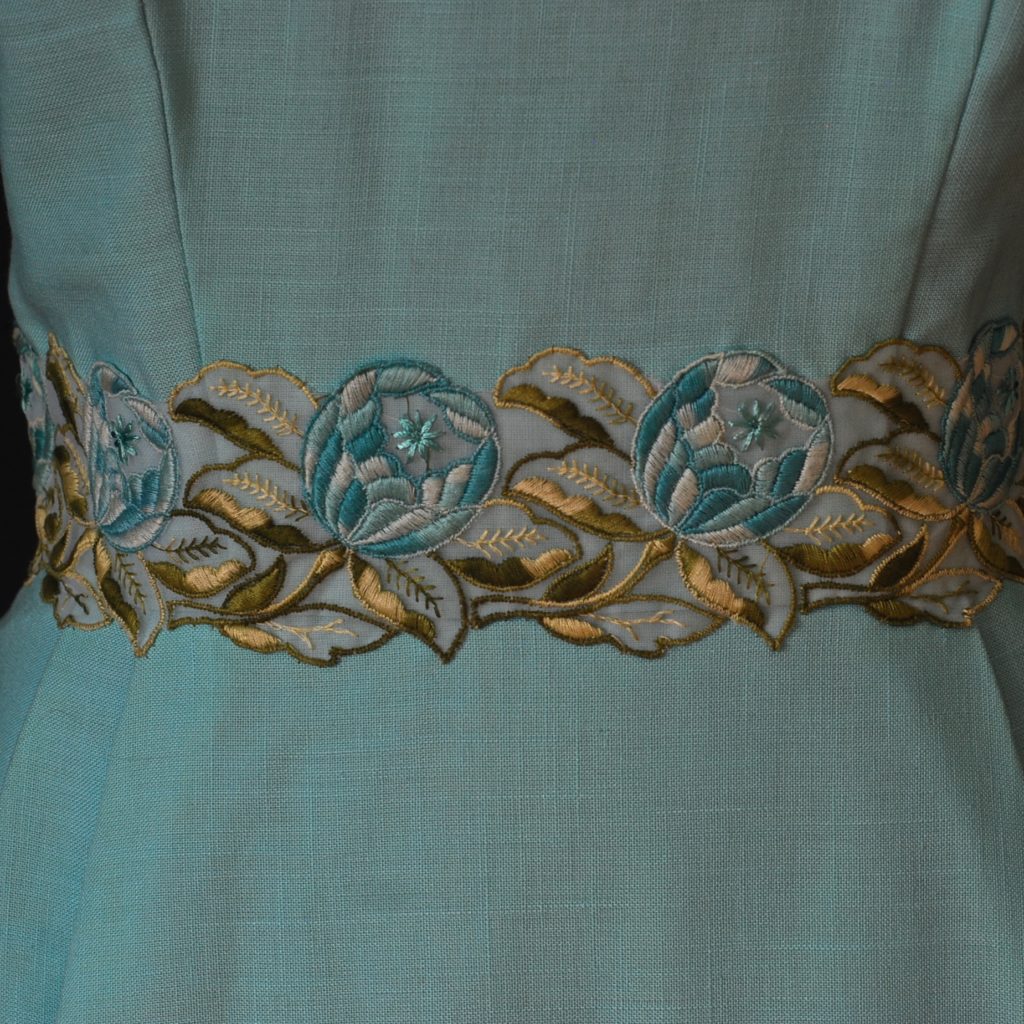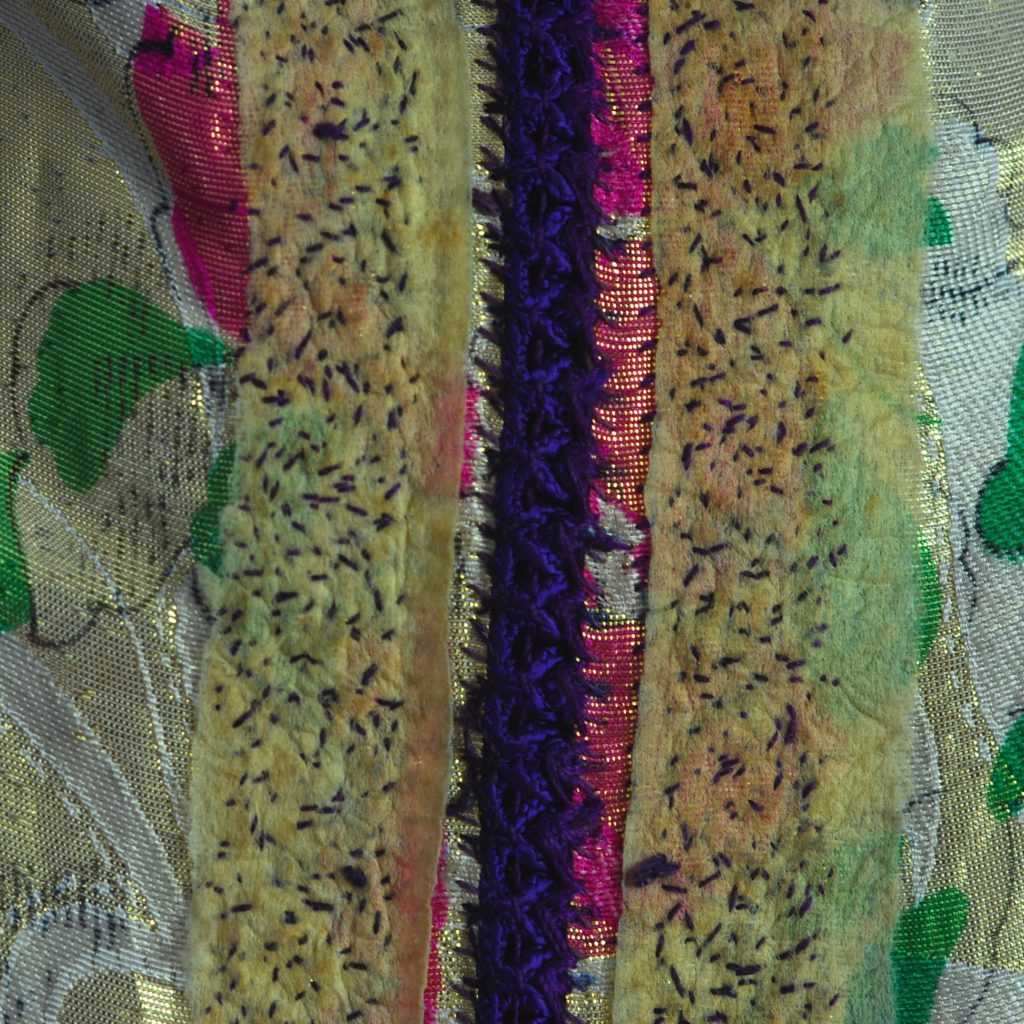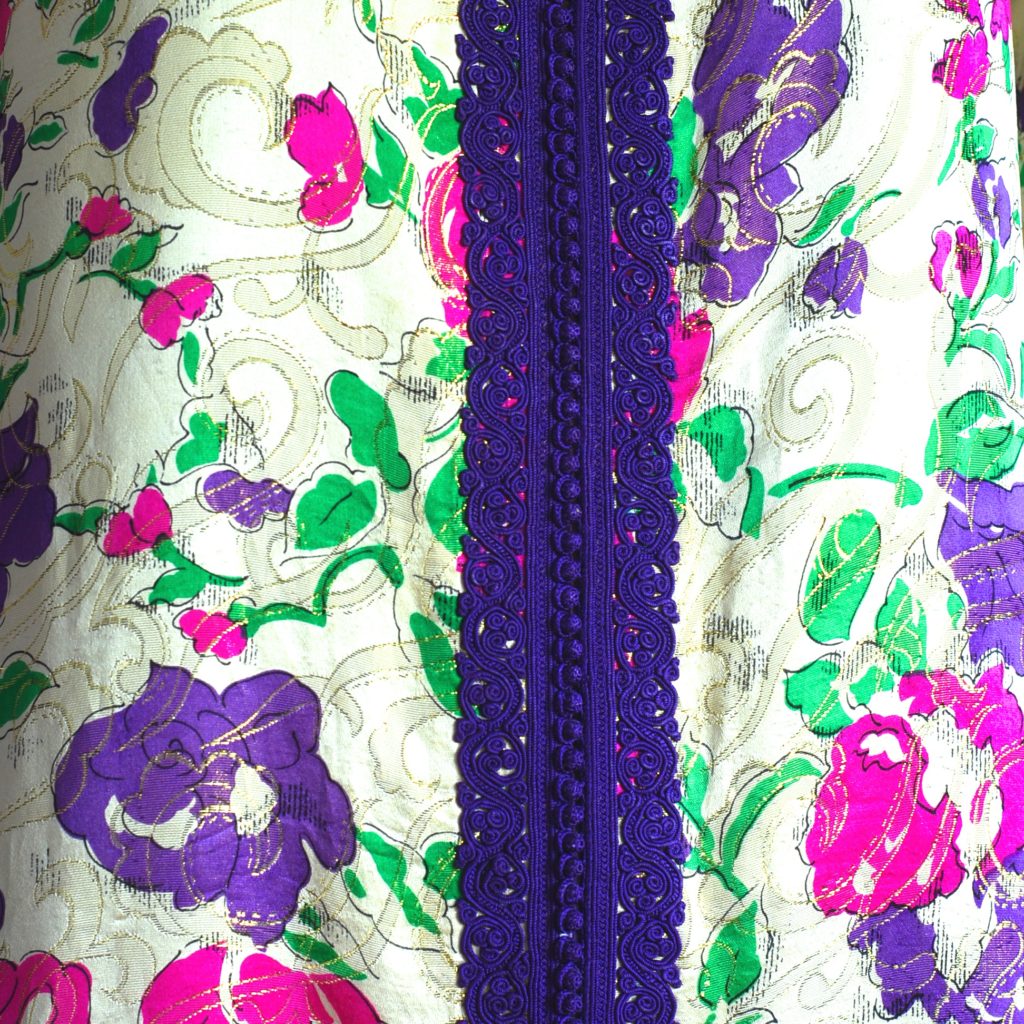What Exactly Is Couture & Haute Couture Fashion?
: the clothes created by coutureFor them, buying French couture has become a status symbol, something to rack up along with their brand-new BMWs and their hacienda-style villas …— Vogue
The Vogue quote taken from the Miriam Webster dictionary gives a subjective definition, but it still leaves it to the imagination. Does it include ready to wear? Is it high fashion from certain places only? Is there a difference between couture and haute couture?
The real couture refers to clothing that was essentially commissioned from one of the famous couturiers, similar to any other work of art. The term haute couture means high dressmaking, high fashion, or high sewing. The work is done by the most experienced and capable dressmakers, made by hand, using opulent fabrics, trim and needlework. The garment is often created in consultation with the client and is custom fitted.
In France, the term haute couture is a protected name and can only be used if the fashion house adheres to strict standards. The original and famous haute couture in the nineteenth century is credited to Charles Frederick Worth in 1868, with rare and coveted pieces in high demand among serious collectors. Few garments in the modern era are made with such lavish decorations and attention to detail. Although Worth made the concept famous, haute couture dates back to the seventeenth century Kings and Queens, specifically Marie Antoinette who had her own private dressmaker.
In 1930 and again in 1945 the description of haute couture included the following criteria: made to order with one or more fittings, atelier employing a minimum of fifteen full-time staff and twenty technical staff, and a presentation to the public of at least fifty original designs each year.
Today there is a list of about twenty members on the official French list. Those considered to be in the high fashion or couture category are famous designers such as Chanel, Dior, YSL, Schiaparelli, Courreges, Jean-Paul Gaultier, Thierry Mugler, Patou, and several others. Made to order clothing is far less common today than it was a hundred years ago since it is so labour intensive, the profit margins are reduced, which also reduces the incentive to do custom orders.
There was a time when it was very trendy for wealthy women to order a haute couture dress from a Parisian dressmaker. However as time has gone by and most garments are sold pret-a-porter, which means ready to wear as opposed to made to measure, true haute couture is now quite rare. The more common pret-a-porter label applies to designer clothing made by famous designers, and is often a sub-title on the garment label.
As it is with other subjective terms, haute couture can refer to a made to measure garment from a well known or famous atelier. If the item is made in France, they have specific criteria to be met by an organization known as the Chambre Syndicale de la Haute Couture with a list of official members. With more stringent legal parameters France provides us with the history of the term, the original outlines, and the closest definition.
In other countries the definition does not have legal parameters, therefore the reputation of the designer, attention to detail, workmanship, originality, and overall quality are the things to consider. Almost all famous designers have a range of ready-to-wear clothing with some fairly casual items and others that are very expensive and detailed. For example you can find vintage Alexander McQueen or Thierry Mugler dresses ranging from a thousand dollars to twenty-five thousand, so prices can vary widely.
High end designer clothing that is not made to measure could be called couture instead of haute couture, meaning it is ready to wear, and made to very high dressmaking standards, with attention to detail and hand finishing. Perhaps it is more accurate to claim an item is couture quality, when describing well made fashion pieces. Although the term is often misused or misunderstood, when it comes to high fashion – it is generally not one to be used or worn loosely!
The following pics show some close-up examples of vintage needlework and detailing in fine garments.
